Introduction #
All images that were taken in morado_5may: A Dataset for Detection of Ripe Flowers of the Alstroemeria Genus Morado show the top view of a flowerbed, and the camera was roughly 1.5 meters above the flowerbed. The images were taken with an iPhone 8, using the 12 MP camera creating images with a size of 4032x3024 pixels. The photos were taken on the 5th of May 2021 around twelve o’clock in the afternoon inside the greenhouse of Hoogenboom Alstroemeria company.
A cart that is normally used for harvesting flowers is equipped with a tripod to which the camera can be attached (camera at the location of the yellow circle). In this way, the camera is in the middle above the flowerbed. The cart is pushed along the flower bed and after about 1 meter of driving a picture is taken. The greenhouse has a total of 10 flowerbeds with Morado and all of them are recorded for the dataset. From each flowerbed, 41–43 pictures were taken. Some images may slightly overlap with each other at the borders. In total, the dataset consists of 414 images.
The dataset is unbalanced because the majority of the images contain much more raw flowers (not ripe) than ripe ones. Most of the images contain 1-3 ripe flowers, while there are always a dozen of raw flowers in an image.
Annotations in the dataset were applied to both fully and partially visible flowers, using two classes, namely (1) raw and (2) ripe, in addition to the background class. An Alstroemeria flower consists of several flower buds, and a cluster of these buds is considered as a flower. For each flower bud, a rectangle was drawn to precisely match the area of the flower. Each image contains around 10-20 flower buds, but typically only 1-3 of them are labeled as ripe. The ripeness classification of each flower is based on factors such as color, color uniformity, size, and the number of buds. A flower is considered ripe if it contains several buds starting to open, relatively large buds, and a bright purple color. These guidelines were established to help others identify misclassified flowers.
The full bud is bright purple so no yellow part halfway. A flower contains multiple buds that are starting to get open. The buds of the flower are large with respect to the buds of the other flowers.
The dataset exhibits several properties, including variation in illumination (due to changes in sunlight and shadows in the greenhouse), variation in size of ripe flowers, variation in the number of buds per ripe flower, some flowers being partially visible due to others, and a higher number of raw flowers compared to ripe ones. Furthermore, the ripeness classification of a flower is determined by multiple criteria, including color, color uniformity, size, and openness.
Summary #
morado_5may: A Dataset for Detection of Ripe Flowers of the Alstroemeria Genus Morado is a dataset for an object detection task. Possible applications of the dataset could be in the agricultural industry.
The dataset consists of 414 images with 5439 labeled objects belonging to 2 different classes including raw and ripe.
Images in the morado_5may dataset have bounding box annotations. All images are labeled (i.e. with annotations). There are no pre-defined train/val/test splits in the dataset. The dataset was released in 2021 by the Delft University of Technology, Netherlands and Hoogenboom Alstroemeria, Netherlands.

Explore #
morado_5may dataset has 414 images. Click on one of the examples below or open "Explore" tool anytime you need to view dataset images with annotations. This tool has extended visualization capabilities like zoom, translation, objects table, custom filters and more. Hover the mouse over the images to hide or show annotations.

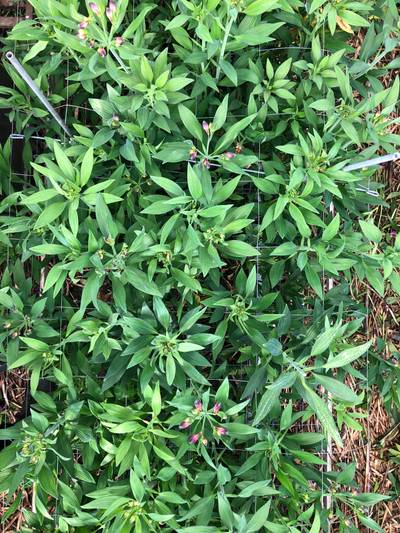

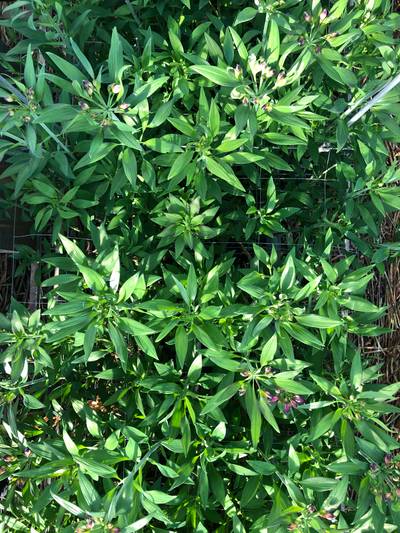

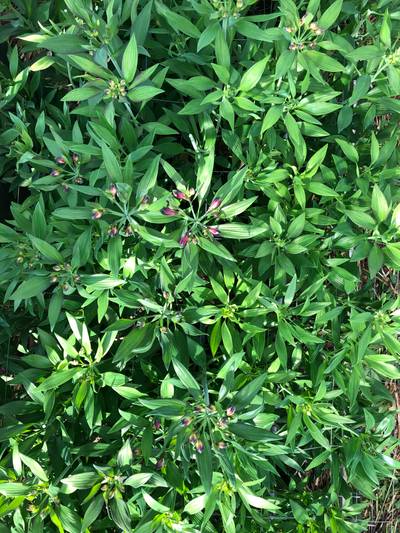

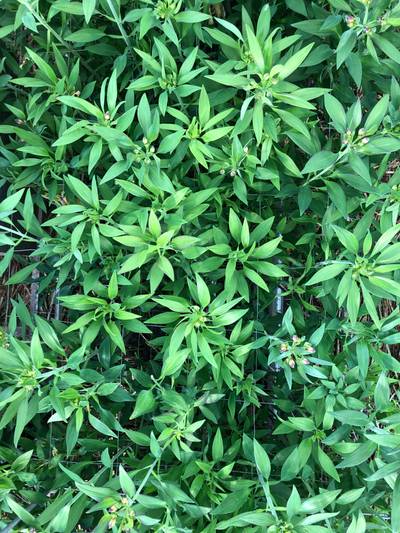

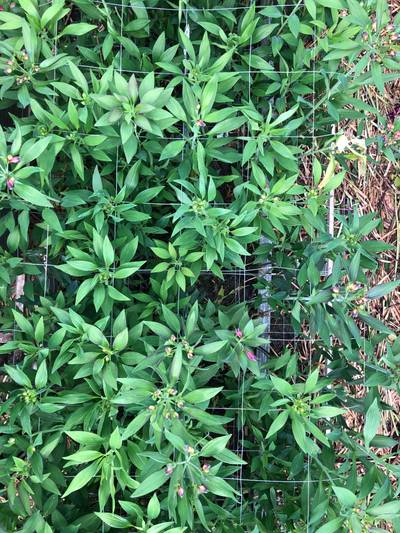

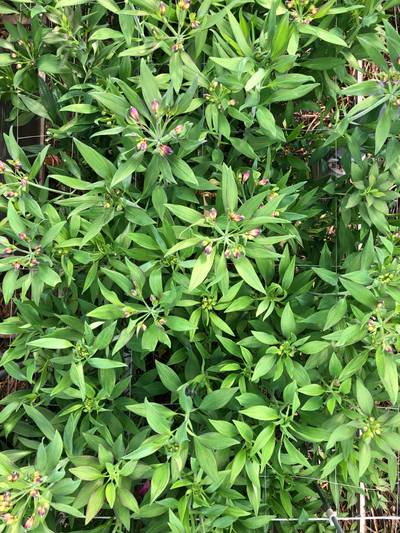



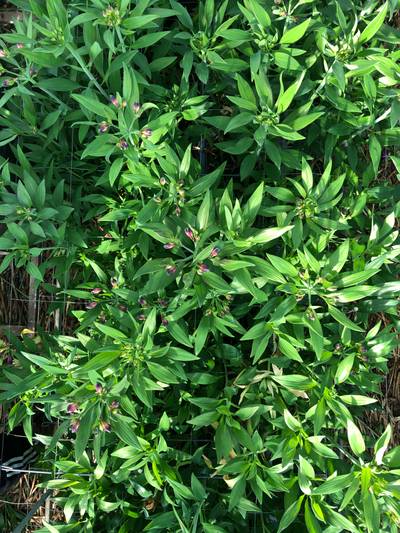

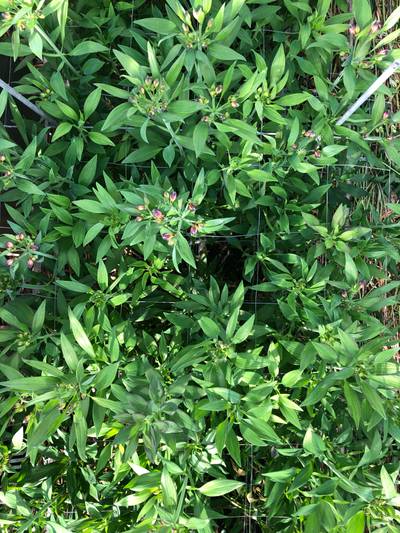

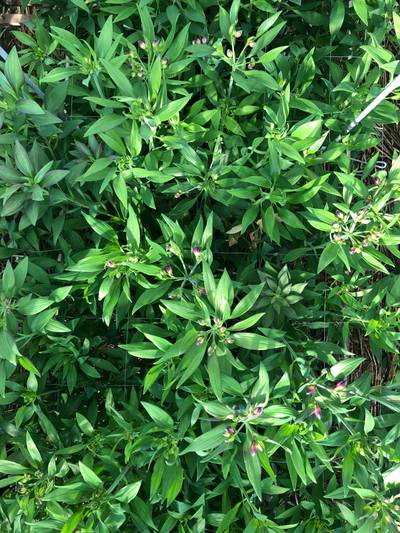

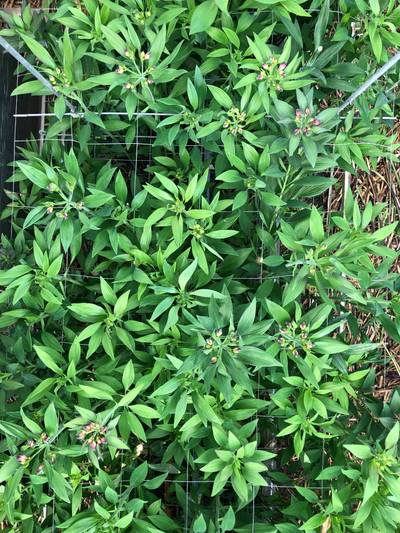



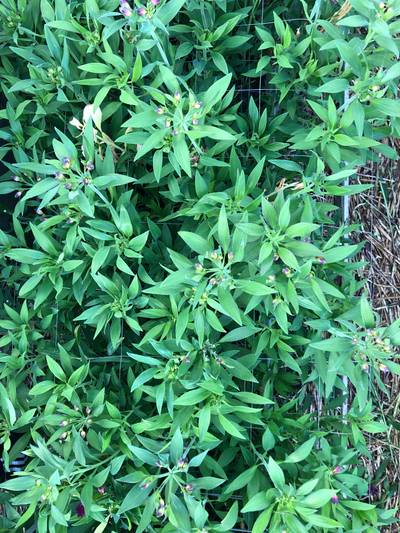

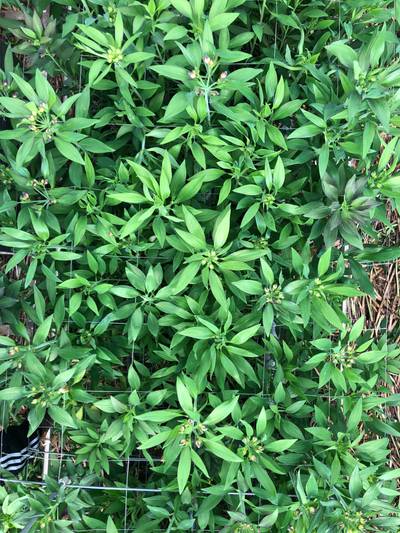

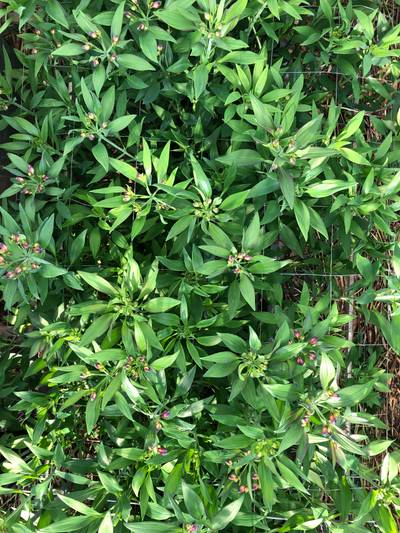

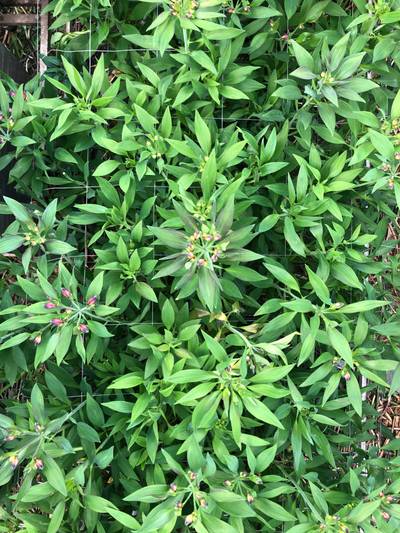

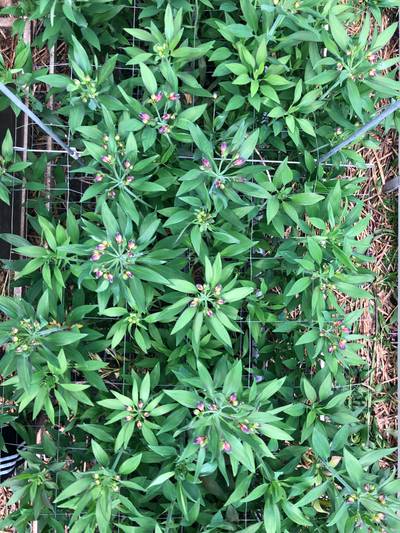

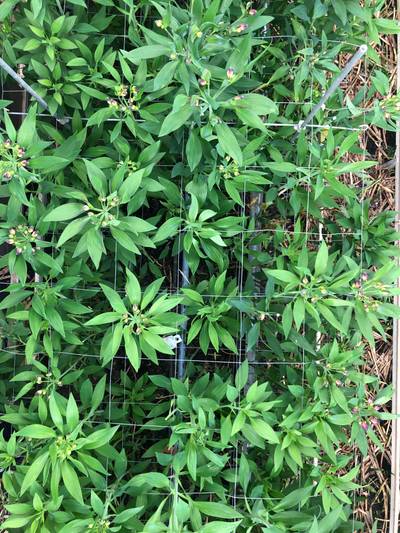

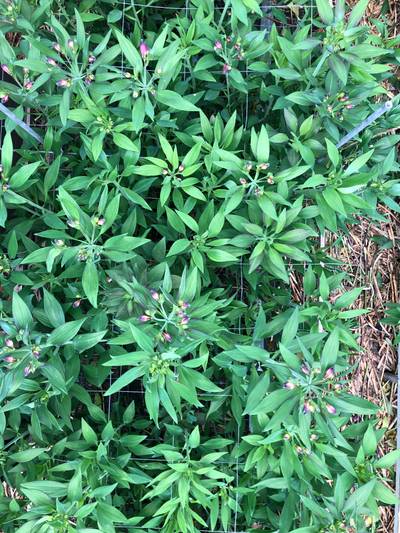

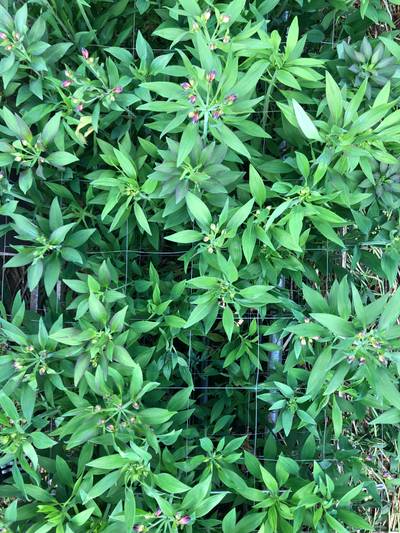

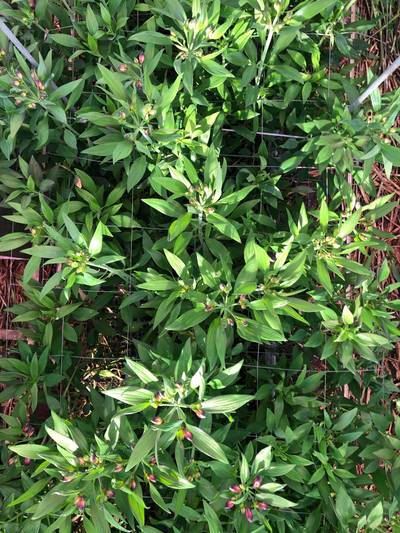



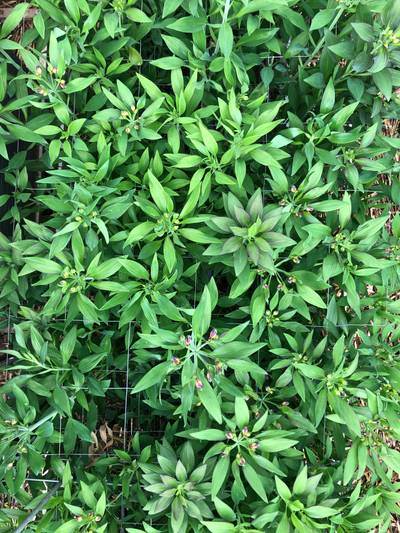



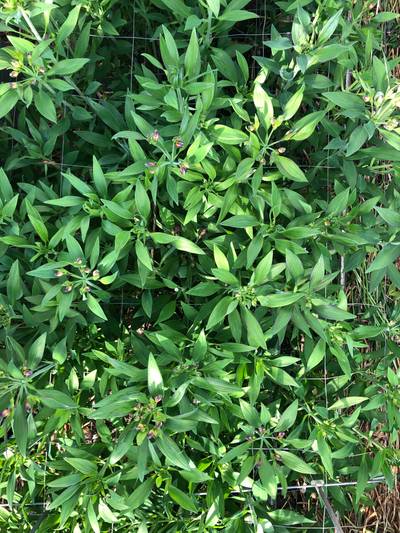

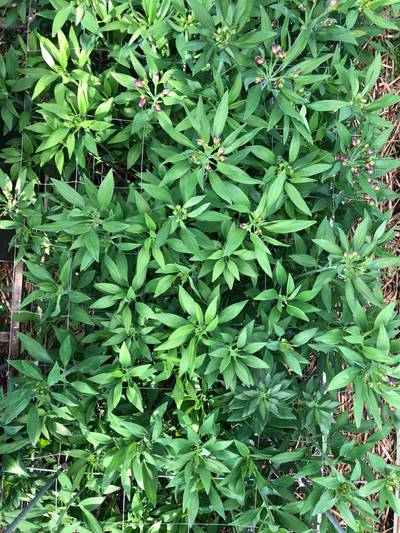

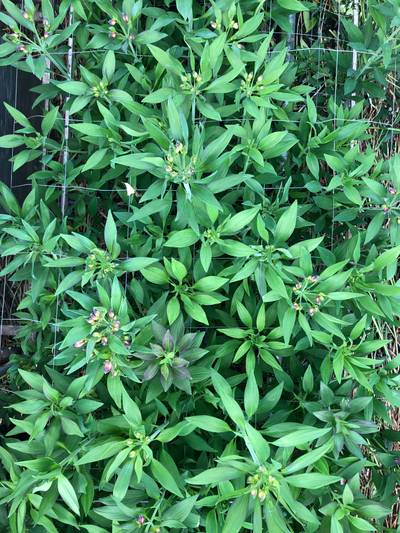

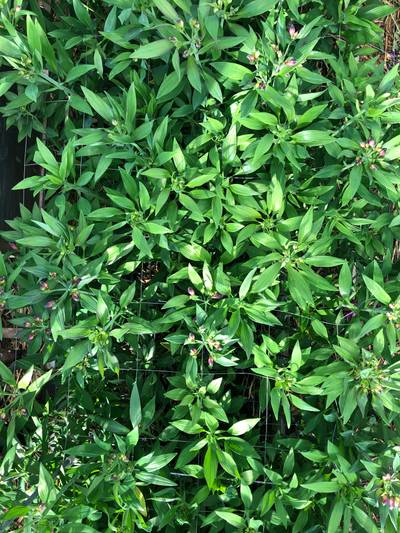

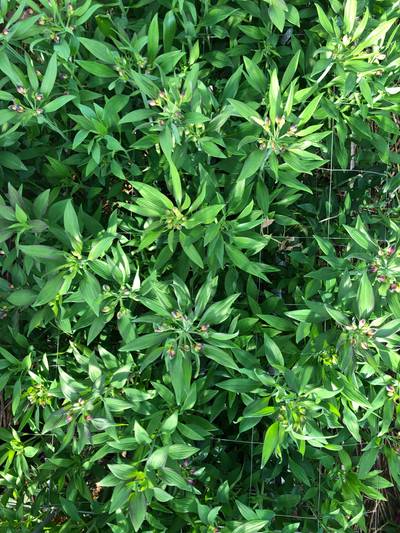

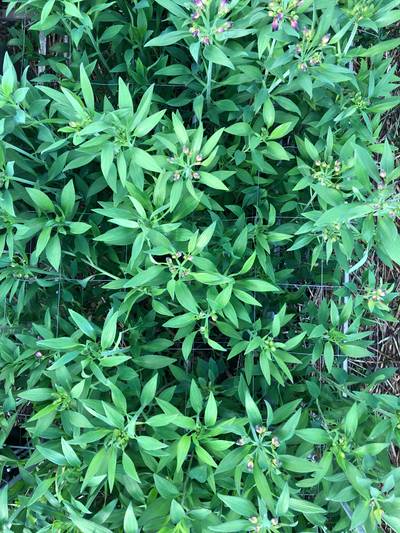
Class balance #
There are 2 annotation classes in the dataset. Find the general statistics and balances for every class in the table below. Click any row to preview images that have labels of the selected class. Sort by column to find the most rare or prevalent classes.
Class ㅤ | Images ㅤ | Objects ㅤ | Count on image average | Area on image average |
|---|---|---|---|---|
raw➔ rectangle | 414 | 4679 | 11.3 | 5.99% |
ripe➔ rectangle | 335 | 760 | 2.27 | 2.02% |
Co-occurrence matrix #
Co-occurrence matrix is an extremely valuable tool that shows you the images for every pair of classes: how many images have objects of both classes at the same time. If you click any cell, you will see those images. We added the tooltip with an explanation for every cell for your convenience, just hover the mouse over a cell to preview the description.
Images #
Explore every single image in the dataset with respect to the number of annotations of each class it has. Click a row to preview selected image. Sort by any column to find anomalies and edge cases. Use horizontal scroll if the table has many columns for a large number of classes in the dataset.
Object distribution #
Interactive heatmap chart for every class with object distribution shows how many images are in the dataset with a certain number of objects of a specific class. Users can click cell and see the list of all corresponding images.
Class sizes #
The table below gives various size properties of objects for every class. Click a row to see the image with annotations of the selected class. Sort columns to find classes with the smallest or largest objects or understand the size differences between classes.
Class | Object count | Avg area | Max area | Min area | Min height | Min height | Max height | Max height | Avg height | Avg height | Min width | Min width | Max width | Max width |
|---|---|---|---|---|---|---|---|---|---|---|---|---|---|---|
raw rectangle | 4679 | 0.53% | 2.44% | 0.03% | 51px | 1.26% | 584px | 14.48% | 240px | 5.96% | 55px | 1.82% | 729px | 24.11% |
ripe rectangle | 760 | 0.89% | 2.72% | 0.09% | 69px | 1.71% | 593px | 14.71% | 323px | 8.01% | 73px | 2.41% | 707px | 23.38% |
Spatial Heatmap #
The heatmaps below give the spatial distributions of all objects for every class. These visualizations provide insights into the most probable and rare object locations on the image. It helps analyze objects' placements in a dataset.

Objects #
Table contains all 5439 objects. Click a row to preview an image with annotations, and use search or pagination to navigate. Sort columns to find outliers in the dataset.
Object ID ㅤ | Class ㅤ | Image name click row to open | Image size height x width | Height ㅤ | Height ㅤ | Width ㅤ | Width ㅤ | Area ㅤ |
|---|---|---|---|---|---|---|---|---|
1➔ | raw rectangle | morado_5may_008_038.jpg | 4032 x 3024 | 284px | 7.04% | 300px | 9.92% | 0.7% |
2➔ | raw rectangle | morado_5may_008_038.jpg | 4032 x 3024 | 214px | 5.31% | 190px | 6.28% | 0.33% |
3➔ | raw rectangle | morado_5may_008_038.jpg | 4032 x 3024 | 181px | 4.49% | 149px | 4.93% | 0.22% |
4➔ | raw rectangle | morado_5may_008_038.jpg | 4032 x 3024 | 234px | 5.8% | 231px | 7.64% | 0.44% |
5➔ | raw rectangle | morado_5may_001_015.jpg | 4032 x 3024 | 338px | 8.38% | 281px | 9.29% | 0.78% |
6➔ | raw rectangle | morado_5may_001_015.jpg | 4032 x 3024 | 311px | 7.71% | 271px | 8.96% | 0.69% |
7➔ | raw rectangle | morado_5may_001_015.jpg | 4032 x 3024 | 364px | 9.03% | 420px | 13.89% | 1.25% |
8➔ | raw rectangle | morado_5may_001_015.jpg | 4032 x 3024 | 358px | 8.88% | 193px | 6.38% | 0.57% |
9➔ | raw rectangle | morado_5may_001_015.jpg | 4032 x 3024 | 353px | 8.75% | 458px | 15.15% | 1.33% |
10➔ | raw rectangle | morado_5may_001_015.jpg | 4032 x 3024 | 293px | 7.27% | 314px | 10.38% | 0.75% |
License #
Citation #
If you make use of the morado_5may data, please cite the following reference:
@dataset{morado_5may,
author={Stan Zwinkels and Ted de Vries Lentsch},
title={morado_5may: A Dataset for Detection of Ripe Flowers of the Alstroemeria Genus Morado},
year={2021},
url={https://www.kaggle.com/datasets/teddevrieslentsch/morado-5may}
}
If you are happy with Dataset Ninja and use provided visualizations and tools in your work, please cite us:
@misc{ visualization-tools-for-morado_5may-dataset,
title = { Visualization Tools for morado_5may Dataset },
type = { Computer Vision Tools },
author = { Dataset Ninja },
howpublished = { \url{ https://datasetninja.com/morado_5may } },
url = { https://datasetninja.com/morado_5may },
journal = { Dataset Ninja },
publisher = { Dataset Ninja },
year = { 2025 },
month = { dec },
note = { visited on 2025-12-13 },
}Download #
Dataset morado_5may can be downloaded in Supervisely format:
As an alternative, it can be downloaded with dataset-tools package:
pip install --upgrade dataset-tools
… using following python code:
import dataset_tools as dtools
dtools.download(dataset='morado_5may', dst_dir='~/dataset-ninja/')
Make sure not to overlook the python code example available on the Supervisely Developer Portal. It will give you a clear idea of how to effortlessly work with the downloaded dataset.
The data in original format can be downloaded here.
Disclaimer #
Our gal from the legal dep told us we need to post this:
Dataset Ninja provides visualizations and statistics for some datasets that can be found online and can be downloaded by general audience. Dataset Ninja is not a dataset hosting platform and can only be used for informational purposes. The platform does not claim any rights for the original content, including images, videos, annotations and descriptions. Joint publishing is prohibited.
You take full responsibility when you use datasets presented at Dataset Ninja, as well as other information, including visualizations and statistics we provide. You are in charge of compliance with any dataset license and all other permissions. You are required to navigate datasets homepage and make sure that you can use it. In case of any questions, get in touch with us at hello@datasetninja.com.


